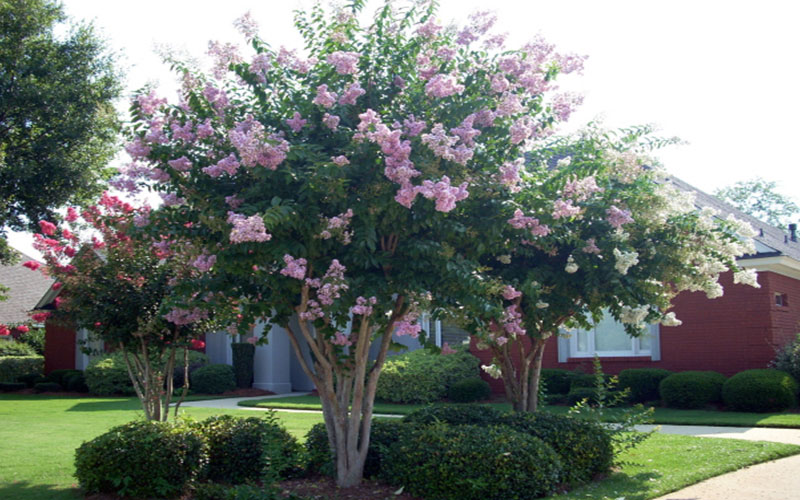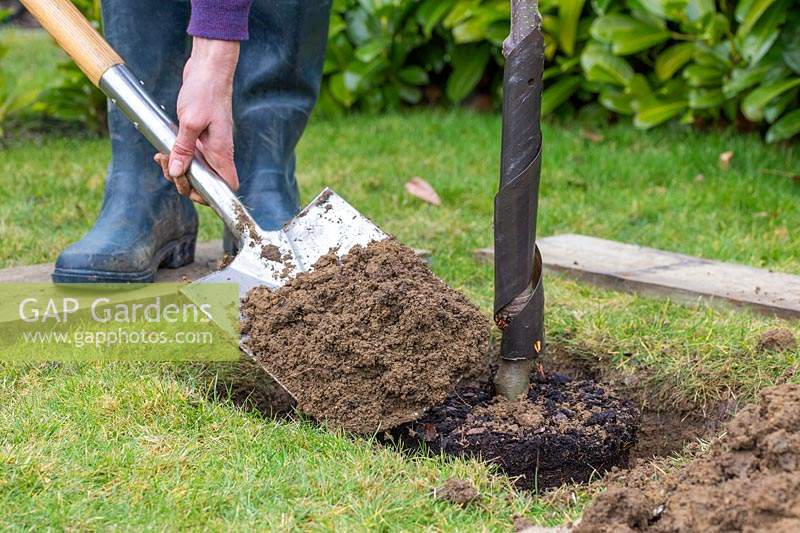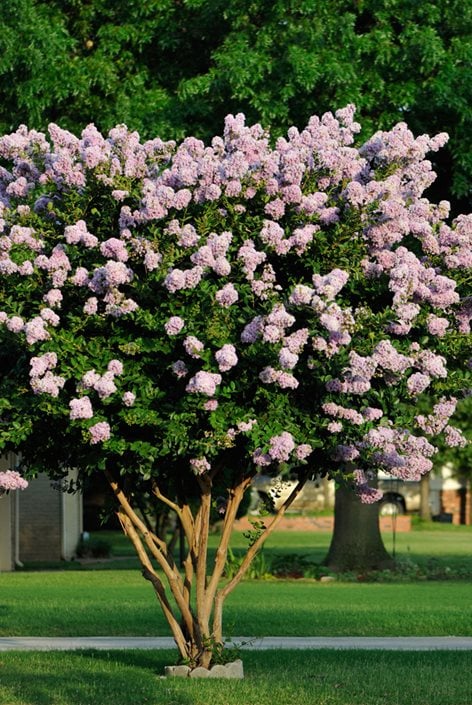Can You Transplant A Crepe Myrtle In Summer
Additional Tips
- If you are transplanting a large crepe myrtle, you may need to hire a professional arborist to help you.
- Be sure to water the tree deeply and regularly after transplanting.
- Watch for signs of stress, such as wilting leaves or dropping leaves.
- If you notice any signs of stress, be sure to water the tree more often and provide it with some shade.
If you are thinking about transplanting a crepe myrtle in the summer, I recommend visiting Home Gardening for more information. This website provides a step-by-step guide on how to transplant crepe myrtles, as well as tips on when and how to do it.
The guide on Home Gardening is very comprehensive and easy to follow. It even includes a video that shows you how to transplant a crepe myrtle in the summer.
I transplanted a crepe myrtle in the summer following the instructions on Home Gardening, and it was a success! My crepe myrtle is now thriving in its new location.
FAQ of transplanting a crepe myrtle in summer
Can I transplant a crepe myrtle in the summer?
- While it is possible to transplant a crepe myrtle in the summer, it is not ideal. Crepe myrtles are more susceptible to stress and shock when they are actively growing, so transplanting them in the summer can increase the risk of the tree dying. If you must transplant a crepe myrtle in the summer, it is important to do so carefully and to take steps to minimize stress on the tree.
What are the risks of transplanting a crepe myrtle in the summer?
- The main risk of transplanting a crepe myrtle in the summer is that the tree will experience stress and shock. This can lead to leaf drop, wilting, and even death. Other risks include:
- Root damage: If the roots are damaged during transplanting, the tree will have a harder time surviving.
- Water stress: Crepe myrtles need a lot of water, and they may not be able to get enough water in the summer heat. Insect and disease damage: Crepe myrtles are more susceptible to insect and disease damage when they are stressed.
- The main risk of transplanting a crepe myrtle in the summer is that the tree will experience stress and shock. This can lead to leaf drop, wilting, and even death. Other risks include:
What steps can I take to minimize the risk of transplanting a crepe myrtle in the summer?
- If you must transplant a crepe myrtle in the summer, take the following steps to minimize the risk:
- Choose a cool, cloudy day to transplant.
- Water the tree thoroughly the day before transplanting.
- Dig up the tree as carefully as possible, taking care not to damage the roots.
- Wrap the root ball in burlap or a tarp to protect it from the sun and wind.
- Transplant the tree as quickly as possible.
- Water the tree thoroughly after transplanting.
- Mulch around the tree to help retain moisture.
- If you must transplant a crepe myrtle in the summer, take the following steps to minimize the risk:
What are the signs that a crepe myrtle is stressed after transplanting?
- If a crepe myrtle is stressed after transplanting, you may see the following signs:
- Wilting leaves
- Leaf drop
- Branch dieback
- Slow growth
- If a crepe myrtle is stressed after transplanting, you may see the following signs:
What can I do to help a stressed crepe myrtle recover?
- If a crepe myrtle is stressed after transplanting, the following steps can help it recover:
- Water the tree thoroughly.
- Mulch around the tree to help retain moisture.
- Protect the tree from the sun and wind. Fertilize the tree with a balanced fertilizer. Be patient. It may take some time for the tree to fully recover.
- If a crepe myrtle is stressed after transplanting, the following steps can help it recover:
Image of transplanting a crepe myrtle in summer
- Digging a hole in an appropriate new site. The hole should be twice as wide as the rootball of the crepe myrtle.

- Digging out the rootball. Be careful not to damage the roots.

- Watering the rootball. This will help to loosen the soil and make it easier to transplant the tree.

- Place the crepe myrtle in the hole. The top of the rootball should be level with the ground.

- Backfill the hole with soil. Tamp the soil down firmly to remove any air pockets.

- Water the crepe myrtle thoroughly.
- Mulch around the base of the tree. This will help to retain moisture and suppress weeds.

- Water the crepe myrtle regularly, especially during the first few weeks after transplanting.
- Prune the crepe myrtle to encourage new growth.
- Enjoy your new crepe myrtle!



Post a Comment for "Can You Transplant A Crepe Myrtle In Summer"